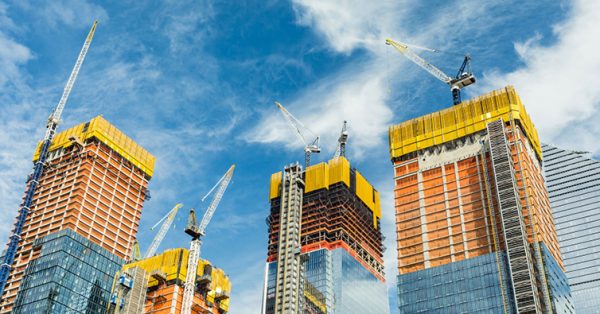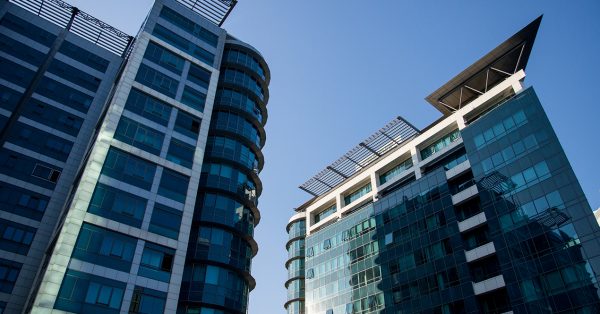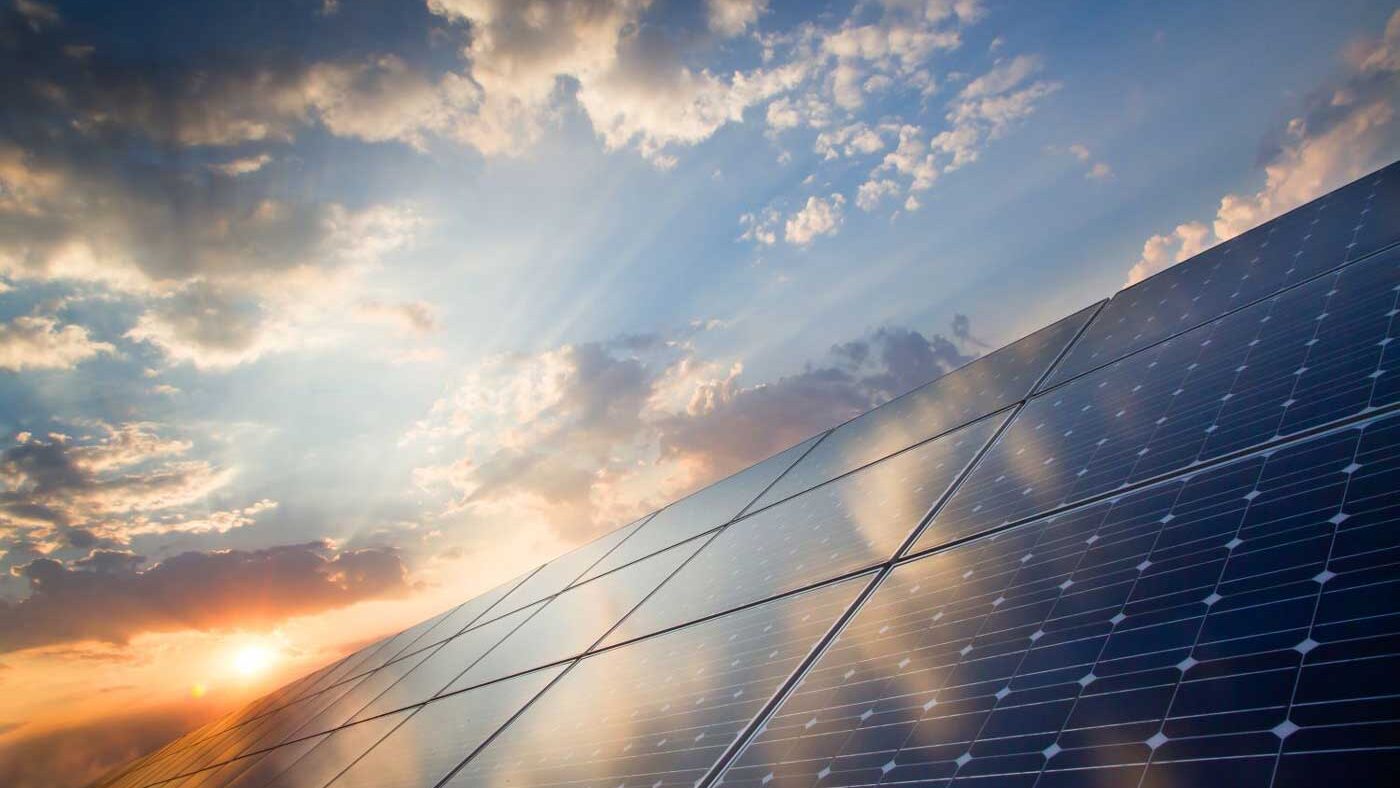Remember when the 2013 building codes went into effect? There was a rush to permit new projects because the new codes were going to increase capital costs for new construction. Homebuilders complained that their margins were shrinking and they couldn’t compete within the existing home market.
VERTEX’s Scott Riffenburgh delivered a seminar to the Building Industry Association in San Diego, where he discussed the types of sustainable and energy-efficient measures being installed on multifamily and commercial projects and the impact of the new energy code updates. “On many multifamily affordable housing projects, we have to exceed Title 24 energy and CALGreen codes by installing additional measures, as well as adding sustainable certifications like Green Point Rated, EnergyStar, and LEED.”
Riffenburgh mentioned that the developers he works with have learned that these practices actually make them money. “What multifamily developers and building owners have learned is that their operational costs are lower, and their buildings are more durable. One of my very large affordable housing clients is building market-rate apartments to the same higher standards that they were forced to do under the affordable housing rules. Why? Because they believe that not only will operational costs be lower, but the tenant population for these market-rate apartments will be higher-income because young professionals are more aware of green building benefits to their pocketbooks as well as to their health.”
Now, the new 2016 Residential Title 24 codes, which will be in effect as of January 2017, are significantly more stringent than the 2013 codes – in fact, by 25 to 30%. These codes will force builders to use the same type of measures that were built into “green” buildings back in 2014, including the following:
- High-performance attics
- High-efficacy lighting
- High-performance walls
- Water heating efficiency
- And more
The new energy codes and CALGreen building codes will ensure that new houses being permitted after January 1, 2017, are “green”– whether certified or not. Builders are having trouble looking past the price tags for new construction, yet they could turn this around by leveraging the superiority of their buildings in their business development strategies.
Here’s an interesting example: Meritage Homes has been successfully building and selling green homes (at premium prices) for several years now. Riffenburgh spoke with C.R. Herro, vice president of sustainability at Meritage about their company’s approach to marketing their green homes. “I spend thirty percent of my time training the sales force,” said Herro. “These salespeople have to understand how to differentiate Meritage’s superior product to homebuyers.”
In an earlier interview with Eco Building Pulse, Herro elaborated further. “The problem is that too many builders dip their toe in sustainable building, but never take a holistic, top-down approach. They’ve invested dollars in buying better equipment—better windows, better insulation—but their marketing, sales, and financial components aren’t aligned with the strategy. It shows up as a cost, but they don’t get that benefit,” he explained. “You’ve got to bring all of your business facets into focus and make it a principle that your company is based on, or it doesn’t work.”
The other piece of the puzzle, Herro says, is reaching the consumer. In fact, he believes consumer awareness is the biggest stumbling block for the industry. “Net-zero, carbon-zero homes are available today and cost-effective,” he says. “It’s no longer a technical challenge. That’s all done. All that’s left now is the average consumer choosing better.”
Clearly, the following are now accepted facts:
- Owners can recoup and exceed the cost of building green through operational savings and higher lease value.
- Tenants want healthier buildings and lower energy costs.
- The developer/owners are realizing ROI through green building.
- The new homes being built, even if just to code, are far superior to the existing building stock.
So the question remains: If you are selling a green building, how can you articulate that increased value to the buyer? As a for-sale builder, how will you translate that into a compelling business and sales model?
Scott Riffenburgh, CEM, LEED-AP, is a manager at VERTEX and provides energy efficiency and sustainability consulting services to multifamily and commercial developers and existing building owners. Riffenburgh began working in the commercial and multifamily energy efficiency market in the 1980s and has supported projects as a control systems engineer, construction manager, business development manager, and sustainability consultant. In addition to managing sustainability programs, Riffenburgh helps businesses develop business models for entry into the energy efficiency and sustainability industry sectors.
To learn more about VERTEX’s Construction Contracting & Consulting and Energy Disclosure Services or to speak with a Construction Expert, call 888.298.5162 or submit an inquiry.
Author
Scott Riffenburgh, CEM, LEED-AP
Manager of Consulting Services, Xpera Group
This article was originally published by Xpera Group which is now part of The Vertex Companies, LLC.





